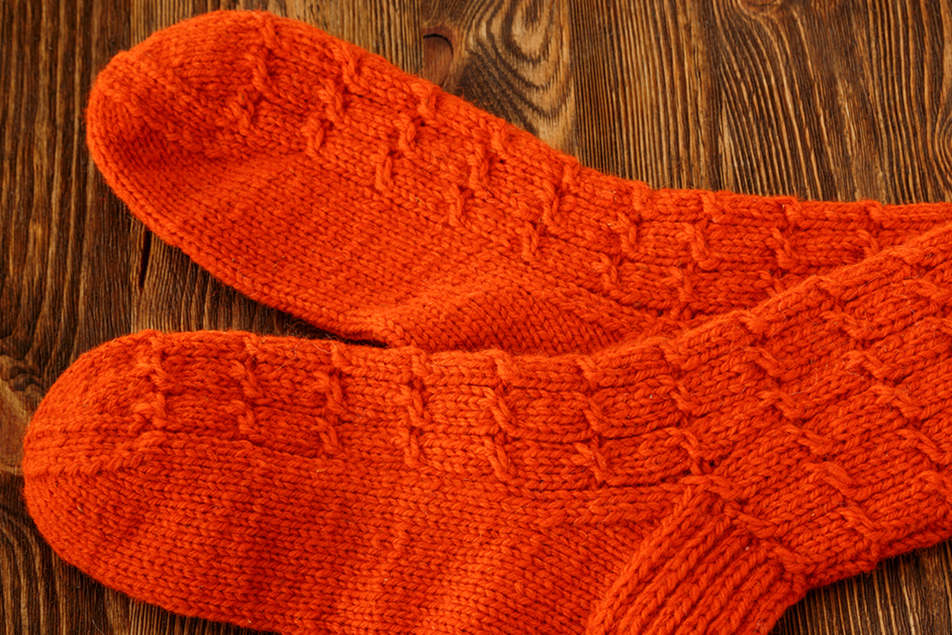Many who are managing a diabetes diagnosis, don’t realize the importance of caring for their feet. Leigh Ann Brooks, RN, RD, CDE, tells us more about neuropathy (the loss of sensation) and what can be done to avoid injury and infection.
According to the Centers for Disease Control and Prevention (CDC) in July of 2017, 30 million Americans have been diagnosed with diabetes. Diabetes can be a devastating disease if not managed properly. Each person with diabetes should have education provided to them to improve their quality of life and prevent complications. Many people never think about the impact diabetes can have on organs or other parts of their body.
Proper foot care is a vital component of diabetes care. Diabetes can lead to dry and cracked skin, decreased blood flow and nerve damage called neuropathy in the feet. When the skin on the feet is dry and cracked, it makes for easy access for bacteria and infection. When this is coupled with decreased blood flow to the foot it can compound the problem.
The decreased blood flow impedes the oxygen, nutrients or antibiotics from reaching the infected foot and allowing it to heal. When this takes place in the presence of neuropathy, which causes decreased sensation in the foot, a person with diabetes may be delayed in realizing there is a problem.
Add all these factors together and you have a perfect storm for a diabetes foot wound. Foot wounds from diabetes cause over 60 percent of amputations not related to accident or injury.
Here are some simple tips to keep your feet happy and healthy with diabetes:
- Assess your feet daily. Look for changes in color or temperature as well as cuts, blisters, bruises, swelling or open areas.
- Wash and dry feet daily with warm (not hot) water and pat dry. Gently dry between each toe as well. Do not soak your feet for extended periods of time.
- Apply lotion to skin if it is dry, but do not apply between the toes. This could increase your risk of skin breakdown.
- File or clip your toenails after bathing as they will be softer and easier to trim. Cut toenails straight across and never dig into the corner of the nail bed.
- Wash cuts and sores with soap and water and dress with an antibiotic ointment. Do not use peroxide, iodine or Merthiolate on your feet as they are too harsh.
- Notify your physician immediately about any foot wound for direction on treatment even if the wound feels painless. Never perform “bathroom surgery” on your feet.
- If your feet sweat, use a mild powder and dust off the excess.
- Always wear socks and change them daily. Never wear nylon stockings and avoid cotton socks because they do not absorb moisture and can cause blisters. Wear socks that are either wool or synthetic and designed to wick moisture away from the skin.
- Never go barefoot! Wear shoes to protect your feet from injury.
- Wear shoes that are well fitted. Leather and canvas shoes allow air circulation and are best. Specially fitted shoes for people with diabetes are covered under some insurance plans.
- Avoid crossing your legs as this decreases blood flow to the feet.
- Do not place feet near a heat source such as a heater or a heating pad.
- Take off your shoes and socks at each visit for your physician to assess your feet.
- Add a podiatrist to your Health Care Team. This can reduce your risk of a lower limb amputation from diabetes by 85 percent.




